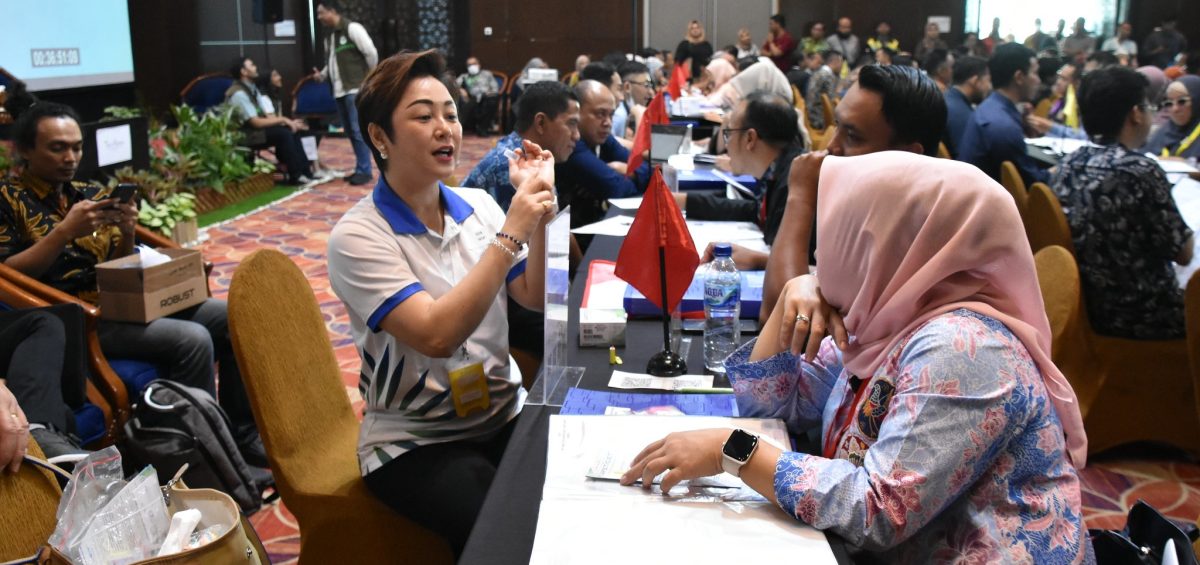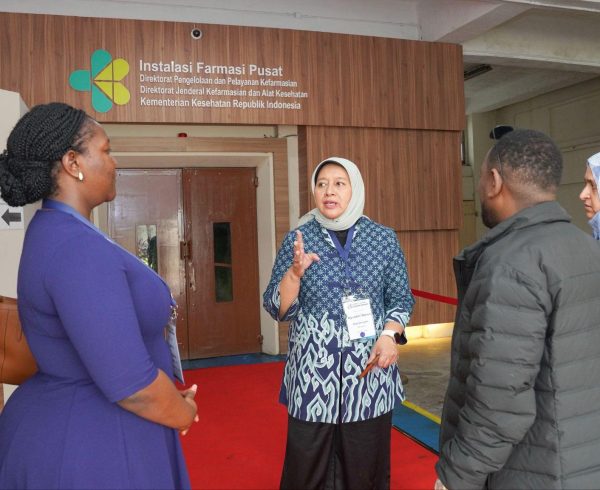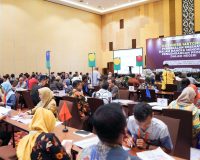Medical devices are one of the vital aspects that the government focuses on to be produced domestically in order to achieve health resilience, said Director of Pharmaceutical and Medical Device Resilience Roy Himawan at an event to increase the adoption of new technology and the production capacity of domestic medical devices in the Java Island region in Surakarta City, Wednesday (26/6).
Himawan explained that with a projected growth rate or Compound Annual Growth Rate (CAGR) of 12%, the medical device market in Indonesia is still dominated by imported products, with transactions in e-Catalog reaching 52% in 2023.
"Therefore, the ecosystem of medical devices in Indonesia must continue to be built from upstream to downstream to support health services," Himawan said.
Furthermore, Himawan said that to achieve domestic medical equipment independence, there are 3 main strategies carried out by the Ministry of Health, including: quality assurance, priority use, and development and investment in domestic medical equipment production.
To ensure quality, the Ministry of Health has supervised medical device products circulating in Indonesia, starting from production and distribution facilities, pre-market supervision to post-market supervision.
"Based on data as of April 1, 2024, there are more than 15 thousand domestic medical device products and as many as 66.63% of them have TKDN values of more than 40%," Himawan said.
The Ministry of Health has also developed a MOBILE Alkes platform that can be accessed publicly with features to check distribution licenses and production and distribution facilities, as well as reporting products or adverse events.
Furthermore, Himawan said that from the priority strategy for medical equipment users, there are at least 4 regulations regarding the obligation to prioritize domestic products aimed at the Central Government, Regions and Health Service Facilities.
In addition, to encourage increased utilization of domestic medical devices, business matching meetings have been held between users in the government health service sector and the domestic medical device industry. "Over the past three years, this activity has been carried out in 12 provinces with more than 700 satker participants and an average of 80 medical device providers per locus," he said.
Himawan revealed, after the business matching activity, based on data in the LKPP e-catalog, there was an increase in domestic medical device transactions up to 3.8 times compared to 2019-2021, or worth 14 trillion rupiah in 2023.
"There is an increase in the proportion of domestic products featured in the e-catalog, from 17.8% in 2021 to 49.27% in August 2023 of the total products featured. This shows an increase in the availability of domestic products to meet health service programs in Indonesia," Himawan added.
From the strategy of developing and innovating domestic medical equipment, the Ministry of Health also encourages the commercialization of innovative products through the sectoral e-catalogue of innovative products as an incentive for business entities that carry out research, development, assessment, and application of science and technology. "Until June 2024, there have been 91 health and medicine innovation products that have been published in the e-catalog and can be used by the public," he said.
Himawan explained that currently, the Ministry of Health has also provided technical assistance in achieving quality certification at national, regional and global levels. "This shows that medical device products made by the nation's children are now not only able to meet domestic needs, but also have competitive quality in the world," he said.
The Ministry of Health also encourages cooperation between foreign and domestic industries to localize and increase the production capacity of medical devices through organizing business forums, especially for the 10 types of medical devices that are most transacted in the e-catalogue by volume and by value.
"The number of domestic medical device distribution licenses has also increased by 92.38% over the last 4 years and the increasing trend is experienced in all risk class categories. This shows Indonesia's potential to produce quality high-tech medical device products," Himawan said.

Himawan emphasized that a number of these achievements cannot be obtained without a synergistic collaboration between the government, private, and community sectors. "The use of domestic products in the health care sector is not only done as an expression of pride for the innovative work of the nation's children, but also shows that Indonesian medical device products have met quality quality, are safe, and useful, as well as affordable for the community. If this performance continues to be improved, it is believed that it can contribute to achieving an advanced Indonesia in 2045," Himawan concluded.




 Ministry of Health to Increase Adoption of New Technology and Production Capacity of Local Medical Devices to Reduce the Dominance of Imported Products
Ministry of Health to Increase Adoption of New Technology and Production Capacity of Local Medical Devices to Reduce the Dominance of Imported Products















